There are some places on this planet where it’s easy to envision gods and monsters shaking the ground with their footsteps. The Garden of the Gods in Colorado Springs is one such place for a good reason. What makes Colorado’s Garden of the Gods unique are its soaring red rocks that rise from the earth, the history of the area, and the enduring human fascination with this other-worldly landscape.
At a Glance: Garden of the Gods Features:
- Amazing natural rock formations
- Seasonal waterfalls
- Trails for walking, biking, and hiking
- Mountain climbing
- Over 130 species of birds
- A rich history of Indigenous peoples
- Amazing prehistoric creature fossils
What Is Garden of the Gods?
Garden of the Gods is a famous public park in Colorado Springs. It is known for its beautiful natural landscapes and rock formations. In 1971, it achieved National Natural Landmark status, which helps protect and conserve the location for future generations.
Colorado Geography
To understand how Garden of the Gods came into existence, you need to know about the Rocky Mountains. To keep things simple, imagine sliding a spatula under a pizza. As you lift the spatula, the pizza buckles and raises with the spatula. That’s what Earth’s tectonic plates were doing millions of years ago, resulting in the Rocky Mountains.
Forming the Garden
How does Garden of the Gods fit into that history? Well, the uplift of the Rockies pushed several deep sedimentary rock layers up to the surface. The outcome was a bunch of narrow, jagged rock formations sticking up like the fins of a giant sea monster. Think fins are an excellent way of describing these formations? You can thank geologists because that’s their official name.
Prehistoric Inhabitants
Before anyone resembling humans lived in what is now Colorado, the region was home to a wide range of dinosaurs, mammoths, mastodons, and giant bison. Eventually, people ventured into the area, likely drawn to the abundant game and natural resources. Judging from archaeological evidence, our first human ancestors to visit arrived around 1330 BC, the same time King Tut ruled Egypt.
Did You Know? Garden of the Gods Has Its Own Dinosaur
That’s right! Theiophytalia kerri is a dinosaur from the Iguanodon family first discovered in Garden of the Gods in 1878 by James Kerr. After a period of confusion about the dinosaur’s skull, Dr. Ken Carpenter and Kathleen Brill published the truth about its uniqueness in 2006.
Indigenous Peoples
Many different Indigenous peoples have stories about their ancestors and Garden of the Gods. One of the first was the Ancient Pueblo People, famous for their baskets and cliff-side dwellings. The Ute Nation’s history says their people have lived in central Colorado for as long as anyone can remember, and much of the region is sacred to them.
Many modern-day Indigenous groups have a connection to Garden of the Gods, including:
- Apache
- Cheyenne
- Comanche
- Kiowa
- Lakota
- Pawnee
- Shoshone
- Ute
Garden Ecology
Garden of the Gods is a unique blend of different ecosystems, including plains and mountains. This odd combination makes the area seem like the invention of a big-budget fantasy movie. Expect to see both lush and arid landscapes as you explore.
Rock Formations
Some of the area’s rock formations are so unique that they’ve received names over the years and become popular tourist destinations. Steamboat Rock looks like the prow of a ship emerging from the waves, while Balanced Rock seems like it could tumble off at any second. The Three Graces look like a trio of ladies and refer to the three women who tended the goddess Aphrodite.
Are the Rocks Dangerous?
While it certainly looks like many of the rock formations at Garden of the Gods are precariously balanced on top of one another, that’s not actually what you’re seeing. Each formation is a solid piece of rock that glaciers and erosion have shaped into fascinating designs. Whoever said Mother Nature wasn’t an artist?
Animal Inhabitants
Today, Garden of the Gods is home to all sorts of animals, including a colorful variety of birds. Here is a list of some of the animals you can expect to see on your visit:
- Bighorn sheep
- Mule deer
- Red-tailed hawks
- Black bears
- Turkeys
- Prairie falcons
- American kestrels
- Elk
Waterfall Season
Another feature that makes Colorado’s Garden of the Gods unique is how it changes from season to season. In the springtime, the snow melts and creates dazzling waterfalls scattered all over the region that you won’t see at any other time of the year. If you visit during the wet season, be aware that trails can get muddy.
What’s in a Name?
Until the mid-nineteenth century, Red Rock Corral was the only European name for the area. Then, in 1859, two surveyors from Colorado City visited. When one suggested building a beer garden in the area, the other remarked that the location was far too magnificent, calling it the Garden of the Gods.
The Garden Becomes a Park
Garden of the Gods became a public park in 1909 when the children of Charles Elliot Perkins donated it to the city of Colorado Springs. Perkins had purchased the land in 1879 at the urging of his friend, General William Jackson Palmer, who wanted him to build a railroad to Colorado Springs. Perkins instead made plans to build a summer home on the land, then changed his mind again and decided to preserve it as a park for all to enjoy.
Today, Garden of the Gods is one of the most beautiful places in the world to enjoy hiking, rock climbing, horseback riding, and mountain biking. Forgot to grab a souvenir on your last trip? Check out YoColorado’s Colorado merchandise and rep your Centennial State pride all year long.
Are you looking to visit? Garden of the Gods is open year-round but has slightly different park hours depending on the season. It’s free to visit, open to pets and horse-riding, and even has sites for bouldering.


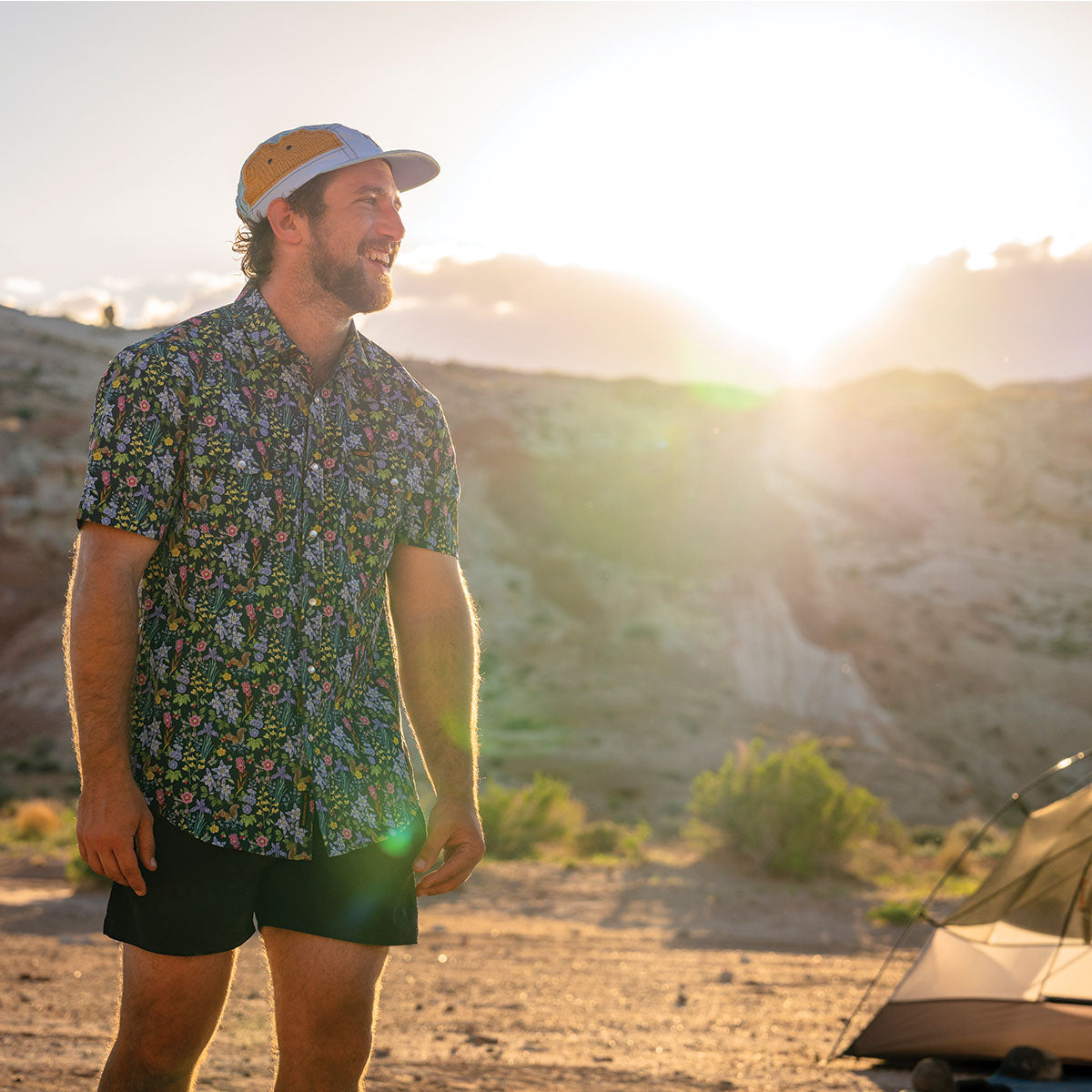
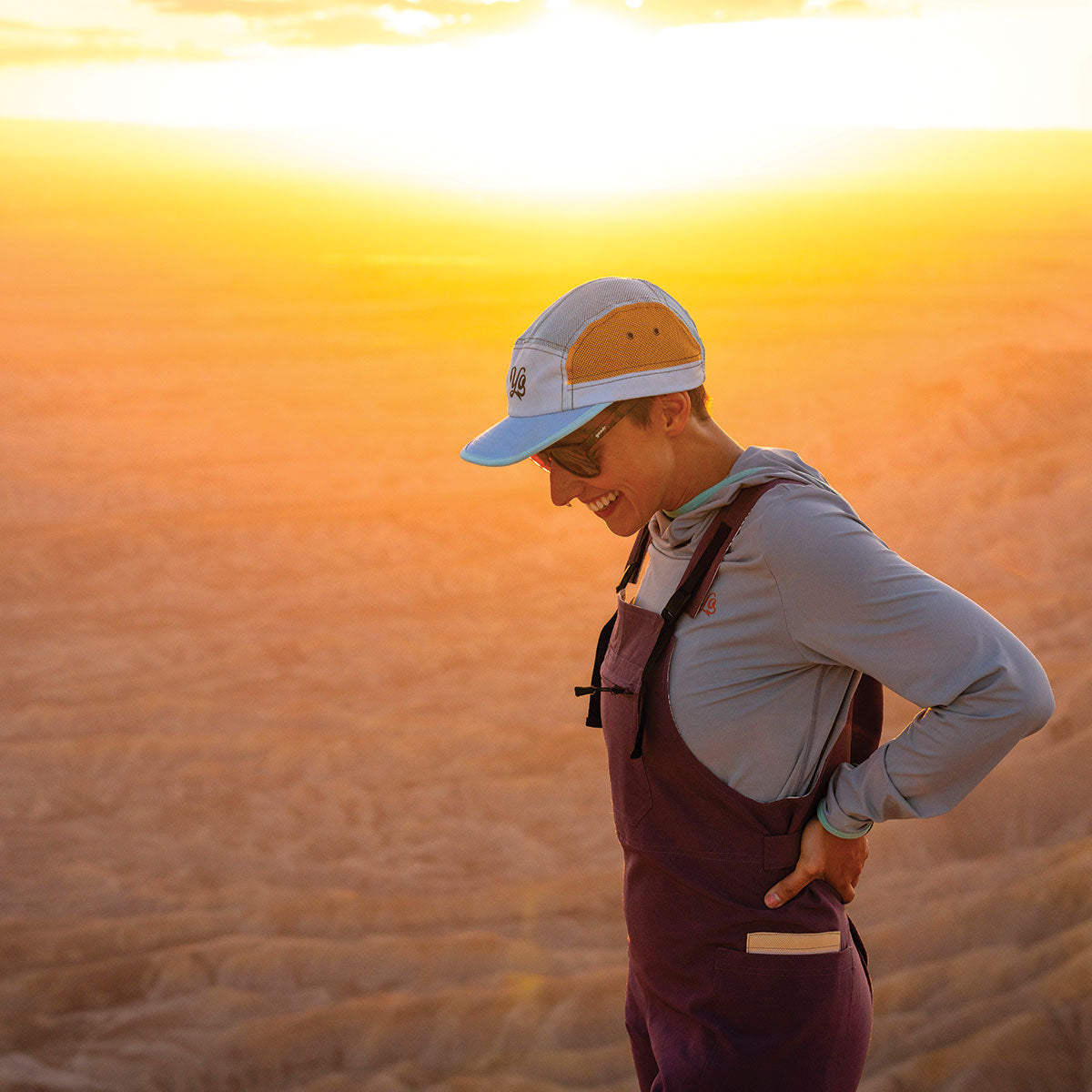

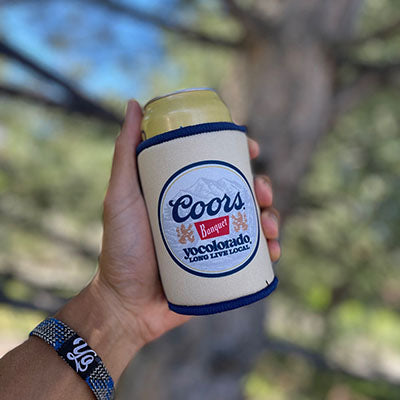
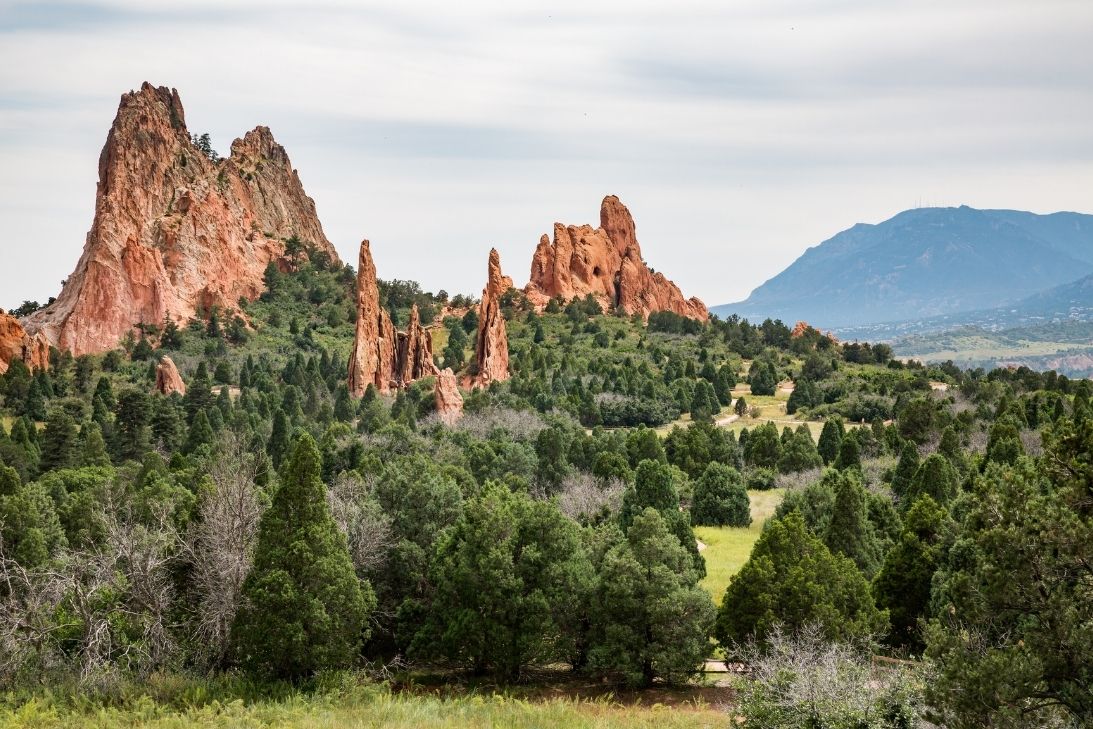

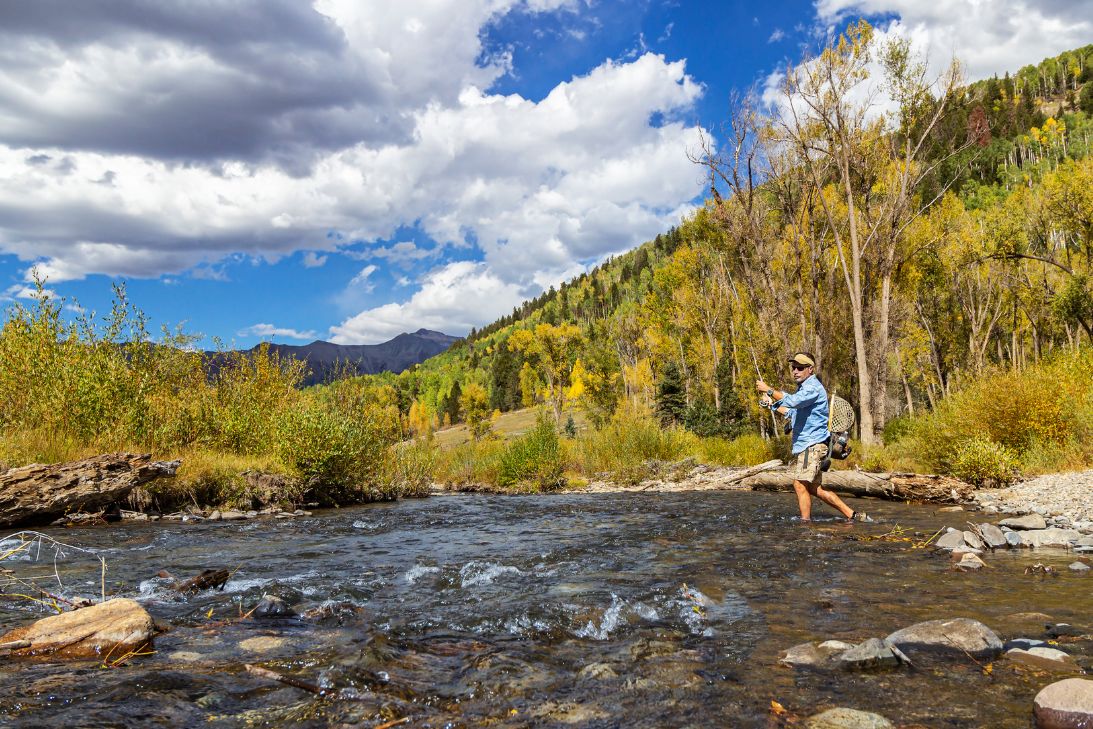
Leave a comment
This site is protected by hCaptcha and the hCaptcha Privacy Policy and Terms of Service apply.